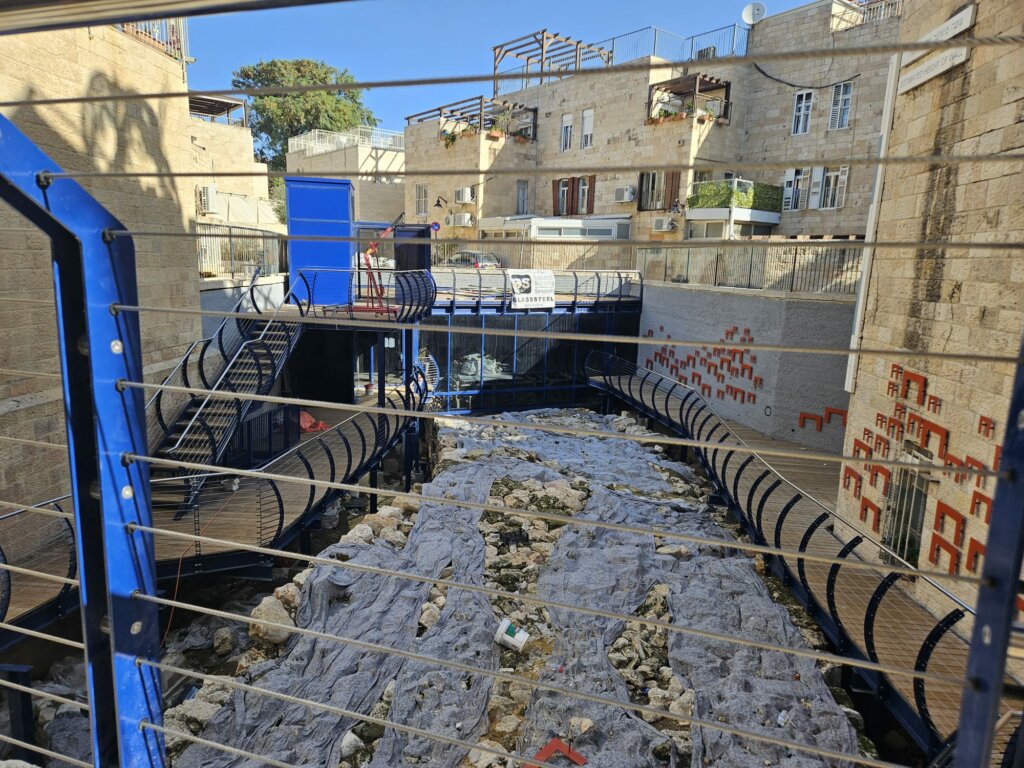A new study of trash and bodily wastes reveals what the Crusaders ate while living in the Holy Land.
Archaeologists have discovered Roman-era mosaics in a rescue operation in southeastern Turkey.
The excavation of a bakery in Pompeii reveals the miserable lives of slaves in the 1st century AD.
Archaeologists have published results of their 13-year excavation of the Roman city of Interamna Lirenas located between Rome and Naples. This article includes many graphics.
A scholar used “psychoacoustics” to understand how the ancient sanctuary of Zeus on Mount Lykaion in Greece was used by visitors.
Bryan Windle offers some thoughts on the controversy regarding the Mount Ebal “curse inscription.”
Nathan Steinmeyer writes about the Iron Age moat recently discovered on the north side of the City of David. Haaretz has a longer report here.
Avi Abrams revisits the debate over the location of King David’s tomb.
Steve Ortiz is on the Biblical World podcast discussing Solomonic gates, the historicity of David and Solomon, and issues in the use and dating of archaeological materials.
James Grieg, who gives a tour of “The Bible in the Ashmolean Museum,” is a guest on The Book and the Spade.
New release: Locating the Tomb and Body of Alexander the Great, by Christian de Vartavan (Projectis, £115; use code DR25 for 25% launch discount)
New release: Jewish Studies on Premodern Periods: A Handbook, edited by Carl S. Ehrlich and Sara R. Horowitz (De Gruyter, $197)
“Late Ottoman Turkey in Princeton’s Forgotten Maps, 1883-1923 is a virtual exhibition presented in StoryMaps format by Princeton University Library’s Maps and Geospatial Information Center in partnership with Prof. Richard Talbert at UNC Chapel Hill’s Ancient World Mapping Center.” Part V has now been released.
Accordance is running a 50% off sale on graphic bundles for a few more days. These are very good deals for a load of excellent photo collections and image-rich tools (click through to see all the included modules):
- Graphics Discoverer Collection ($99)
- Graphics Pro Collection ($199)
- Graphics Master Collection ($399)
A personal note: If you emailed me on Thursday about preaching through Genesis 1-11, please send me your email again.
HT: Agade, Arne Halbakken, Ted Weis
The Broad Wall in Jerusalem, with newly constructed visitor walkways. Photo by Michael Schneider.
